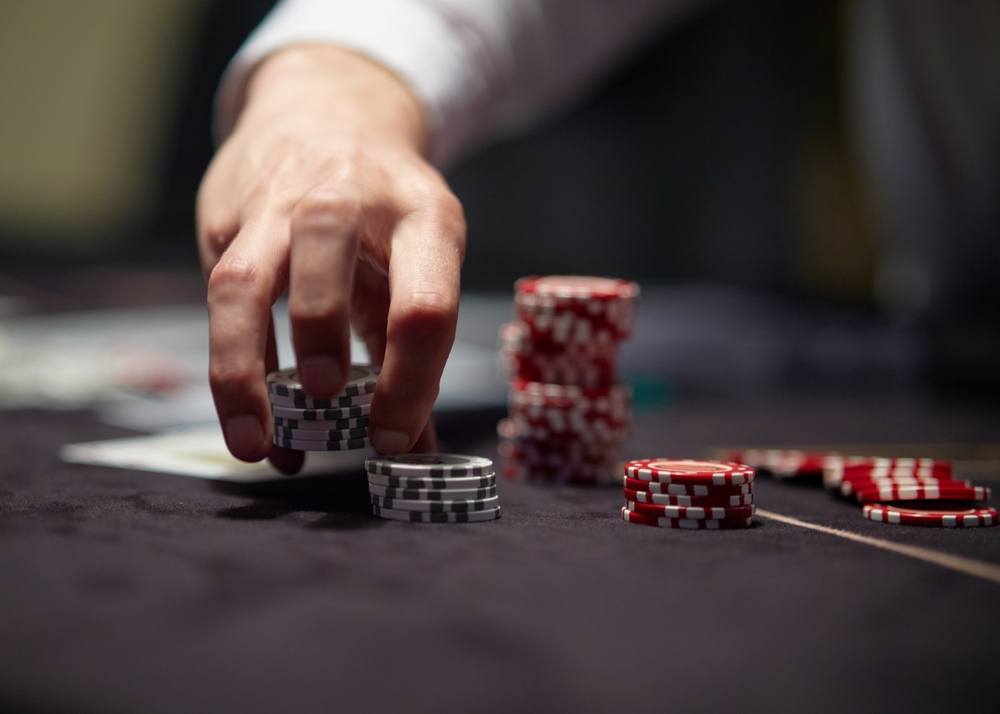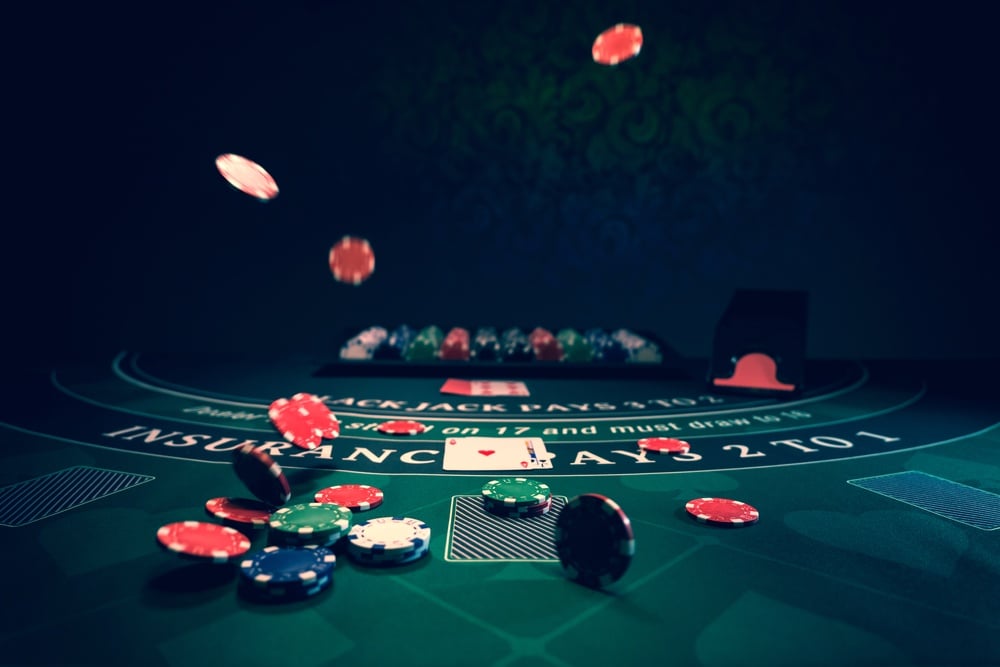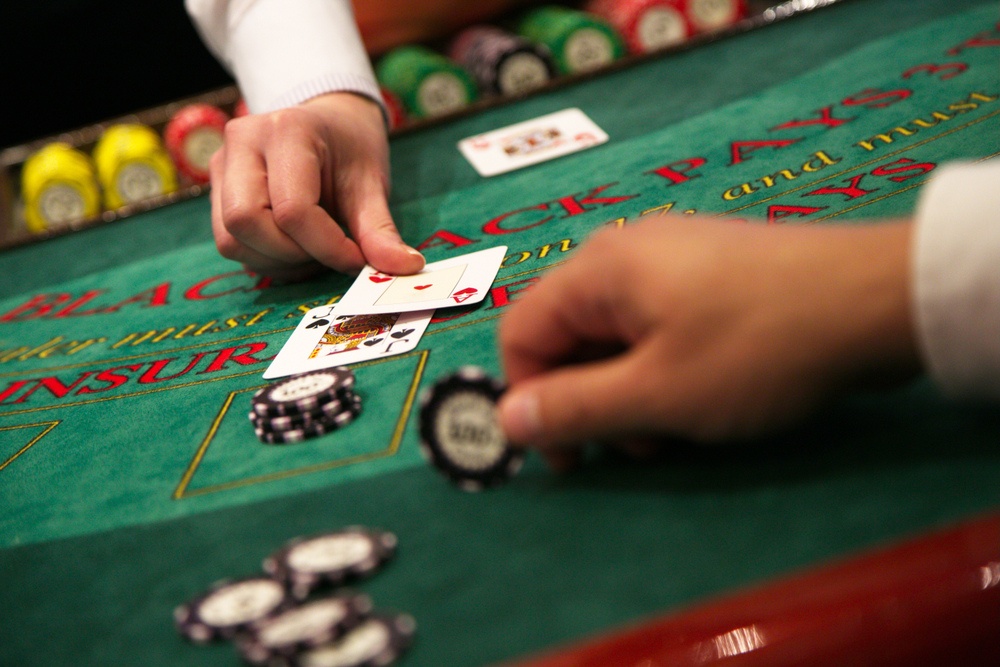Mastering Blackjack’s Trickiest Hand: What to Do With 16

The Dilemma of 16: Understanding a Notorious Blackjack Hand
If you’ve spent any time at a blackjack table, you know the sinking feeling of being dealt a total of 16. This tough hand is infamous for putting players in an unwinnable bind-hit, and you risk busting; stand, and you’re likely to lose to a stronger dealer hand. Deciding whether to hit or stand on 16 sparks endless debate, but there are key factors to guide your choices and give you the best chance in the long run.
Some vital points to remember when you’re stuck with 16 in blackjack:
- Hitting or standing on 16 is always risky, but recognizing the dealer’s up-card is crucial.
- When the dealer shows a 7, 8, 9, 10, or Ace, hitting is almost always the mathematically favorable move.
- Hands that include an Ace counted as 11 (soft 16) let you be more aggressive, since the Ace can shift to a value of 1 if needed, reducing your bust risk.
- If you use card counting and the deck is rich in low-value cards, you might adjust your play, sometimes standing on 16 against a dealer 10.
- Basic strategy charts are your best friend; they recommend standing on 16 only when the dealer displays low-value “bust” cards (2 through 6).
Optimal blackjack strategy isn’t just about squeezing out wins with powerful hands; it’s about cutting losses with the weak ones-like that frustrating 16. Knowing when to act defensively is as important as knowing when to be bold. And while blackjack’s low house edge is appealing, it only helps you if you apply the right moves, especially in bad situations.
Breaking Down the Different Types of 16
Before making the right play, you need to recognize the exact type of 16 in your hand. Not every 16 is created equal-there are several scenarios, each with its own best move.

Soft 16: The Flexible Hand
A soft 16 happens when you hold an Ace and a 5. What makes it “soft” is the Ace’s dual value: it counts as 11 unless that would bust your hand, in which case it shifts to 1. This flexibility means you can take more risks-hitting or even doubling down-without worrying about an immediate bust.
Think of soft hands like a safety net; the Ace can morph to keep your total at or under 21. Regardless if you reach this soft 16 in your initial deal or after hitting, your action depends more on the dealer’s up-card than the sequence of cards.
Playing Soft 16: When to Hit and When to Double Down
With a soft 16, your best move is almost always to hit, as improving your total is relatively safe. But there’s an exception: if house rules allow, aggressive players often double down against dealers showing weak bust cards-specifically a 4, 5, or 6. When doubling down, you double your initial wager in exchange for one more card. The reason? If the dealer is likely to bust, it’s smart to bet more while you’re ahead-even if you risk ending up with a weaker total.

The Split Decision: Always Split a Pair of Eights
Another unique scenario occurs when you’re dealt two eights. Combined, they make 16-a terrible hand. But blackjack offers an escape hatch: splitting. If you split your eights, each card becomes the base for a new hand (and a fresh bet). Statistically, this is the only sensible move, no matter what card the dealer is showing.
Even if it’s daunting to risk more chips-especially against a dealer’s high up-card-the math is clear: always split eights. If you get another 8 after splitting, most casinos will let you split again, and you should. Don’t give up by surrendering if surrender is an option here; keep playing each new hand with a fresh eight.
Managing Hard 16: The Most Challenging Variation
The majority of dreaded 16s are “hard” hands-not containing an Ace counted as 11. For example, being dealt a ten and a six, or a nine and a seven, both give you a total that’s tough to win with. Hard 16s are problematic because you stand one card away from busting, but you’re also unlikely to beat even the dealer’s most common totals.
Another way a hard 16 can come about is after hitting and winding up with two Aces counting as one each, stacked on otherwise non-match cards.

So, should you stay or draw another card with a hard 16? The answer always depends on the dealer’s up-card.
- If the dealer’s up-card is a 7, 8, 9, 10, or Ace: It’s best to hit. Standing on 16 gives you little hope since the dealer is statistically likely to build a hand stronger than yours.
- If the dealer’s up-card is 2, 3, 4, 5, or 6: You should stand and hope the dealer busts. In these cases, the “assumption of tens” works in your favor-the dealer is more likely to go over 21 and lose the hand for you.
Your 16 Strategy at a Glance
For quick reference, the following table summarizes optimal choices for 16 in blackjack, depending on the hand type and dealer’s card:
| Type of 16 | Dealer's Up-Card | Recommended Action |
|---|---|---|
| Soft 16 (Ace + 5) | 5 or 6 | Hit or Double Down |
| Soft 16 (Ace + 5) | Anything else | Hit |
| Pair of Eights (8+8) | Any card | Split |
| Hard 16 | 7, 8, 9, 10, Ace | Hit |
| Hard 16 | 2, 3, 4, 5, 6 | Stand |
A quick note: sometimes, the right strategy can still leave you out of luck. Maybe you bust and watch the dealer draw even worse; or you stand firm only to lose to a lucky dealer draw. However, these moments even out over time, and using the correct moves for 16 provides the best long-term results.

Essential Lessons: How to Approach 16 Every Time
Let’s summarize the key takeaways about playing a hand of 16-and some supporting odds:
- When you hold a soft 16 (with an Ace counted as 11), always hit. Sometimes, you may double down against certain dealer bust cards.
- With a hard 16, if it’s made from a pair of eights, always split. Even though you do it rarely (about once every 200 hands), it’s always preferred.
- If the dealer’s up-card is 7 or higher, hit your hard 16. Yes, you’ll bust about 64% of the time, but the alternative-standing-loses even more often.
- When the dealer is showing a weak card (2 through 6), stand and let the dealer risk busting.
- Against dealers showing a 5 or 6, they will bust about 42% of the time; with a 2, the bust rate drops to about 35%.
Ready to Take On the Table?
Now that you know how to tackle a hand of 16 in blackjack, you’re in a far better position whether you’re playing online or at a live casino. These strategies hold true at tables of any stakes and help maximize your long-term odds while minimizing costly mistakes.
Good luck at the tables!













